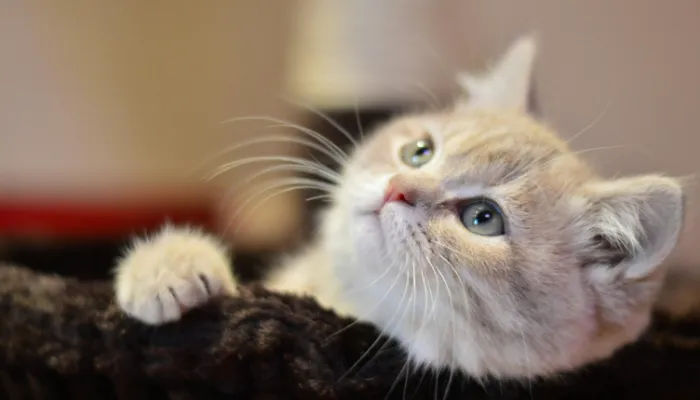For anyone with the question, ‘How do I say “I Love You” in cat translator?‘—this may just be what you are looking for! Cat enthusiasts generally have to try and figure out how to express their feelings to their feline companions. While humans may not be understood by cats, they can communicate through their bodies, sounds, and even actions.
This blog will shed light on how you may express love to your cat. Whether it be movements, voices, or deeds, they all have their ways. I assure you that with some help from the so-called Cat Translator, you will be speaking your cat’s love language in no time.

Why Do Cats Communicate Differently?
The reason “Why do cats communicate differently” assists in answering the question “How do I say “I Love You” in cat translator” Like most other animals, cats use a combination of body language, vocalizations, and scent to communicate. Dogs bark and wag their tails to show different emotions, while cats may be more subtle, using hints like yawns, grooming, or otherwise.
Main Aspects of Cat Communication:
- Vocalization: Cats suffering from illnesses or expressing glee can emit a range of sounds, from purring to meowing.
- Scent Marking: Cats also use scent to both mark territory and express loyalty to their owners.
Knowing these aspects can help you understand how your pet shows love and loyalty in its own special way.
Vocalization of Affection
A cat’s vocalization is one of the easiest means to translate “I love you” in Cat Translator. Each cat is capable of communicating using various types of sounds, some of which can be described as affectionate. The next time you wonder, “How do I say “I Love You” in cat translator?”, attempt to vocalize to your cat in a fashion that imitates what a cat would sound like.
Common Cat Sounds That Translate to “I Love You”:
- Purring: This is the sound that most associate with a satisfied cat. If your cat is purring while sitting next to you or getting petted, it indicates that they are fond of you.
- Slow Blinking: Cats utilize slow, deliberate blinks to express their love and affection. In Cat Language, slow blinks mean ‘I love you’.
- Soft Meowing: If your pet is staring at you and giving a soft, gentle meow, it means that your cat is being affectionate.
- Trilling: A range of low to high-pitched sounds used to greet their owners. This indicates relaxation and that they are well-bonded to their owners.
If you have that thought in your mind next time regarding “How do i say “I Love You” in cat translator”, try doing a slow blink or purr softly—your cat will most likely respond in the same manner.
The Role of Scent in Cat Affection
Cats are said to have one of the strongest senses of smell, and they use scent both to mark their territories and express love. This leads us back to the question: “How do I say “I Love You” in cat translator?” The scent is an integral aspect of a cat’s communication.
Ways Cats Use Scent to Show Love:
- Licking: Cats lick each other as a form of grooming, which is a sign of affection. Cats that lick their owners are displaying how much they care.
- Scent Glands: Cats have scent glands on their cheeks and forehead. Rubbing against you signals that they are marking you with their scent, usually indicating affection.
- Resting on Your Possessions: We have all seen cats sleeping on clothes, marking them as theirs. A cat that sleeps near you is showing comfort and trust.
Recognizing how scent functions in the Cat Translator is yet another crucial aspect when learning different techniques to express affection to your pet cat.
Conclusion
If you ever wondered, “How do I say “I Love You” in cat translator?” The answer is simple: it requires understanding your cat’s different forms of communication. From the way it purrs to slow blinking to body movements, your cat has its own expression of love.
The more attuned you are to your cat, the better you will be able to appreciate and reciprocate that love. In a nutshell, saying “I love you” in Cat Translator is all about bonding deeply with your cat companion.
